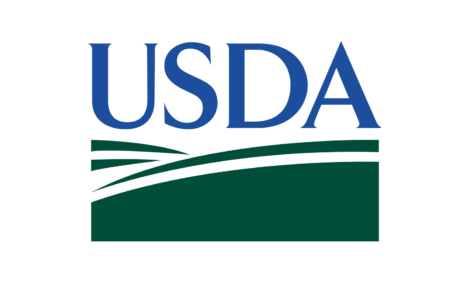



New code for UK laying hens and pullets issued
Earlier this month the UK updated and issued a new welfare code for laying hens and pullets. The update is part of a programme of reforms designed to enhance the welfare of animalsWords Melanie Epp
“This code was carefully consulted on with industry experts and uses the most recent scientific and veterinary advice to ensure this clear guidance provides the best advice to owners and keepers to help ensure the high welfare standards of their animals,” said Minister for Animal Welfare Lord Gardiner.
Under the new code, UK producers are required to provide a more enriched environment for laying hens. Doing so will help them to display some of their more natural behaviours, such as foraging, scratching and pecking.
The code is also designed to provide guidance to producers on how to assess the welfare of their animals and provides guidance on what to do in the case of health-related emergencies.
“We have some of the highest animal welfare standards in the world and are going further in a number of areas, including our plans to raise maximum sentences for animal cruelty to five years, and making CCTV mandatory in abattoirs,” said Lord Gardiner.
Duncan Priestner, an egg producer in Cheshire and National Farmers Union (NFU) board member, welcomes the new code. Priestner, who is past chairman of the NFU, raises 120,000 layers.
“The last code of practice was 2002, so it was woefully out of date,” said Priestner. “We all welcome a new code of practice. This is a legal requirement; we should all have it and we should all read it.”
“It was a little bit strange that we had a code that hadn't been renewed for so long,” he continued.
A lot of the changes were just in terminology, said Priestner, who said the new code now uses more farmer-friendly language.
Most of the changes won’t impact Priester who says he has three health and welfare plans on-farm. But he is concerned about moving towards ending beak trimming as he feels the industry isn’t quite ready yet.
Under the new code, beak trimming is permitted on birds up to 10 days old using infrared technology. But the practice is only permissible for the purpose of reducing injurious pecking. The code advises producers to actively consider stopping beak trimming once all management strategies are in place and good feather cover is achieved throughout lay for at least two consecutive flocks.
“We don’t think the birds – the breeds – are quite in the position yet where we can actually do that,” said Priestner. “I expect one day in the future they probably will be, but we don’t want to bring it on too early and then have welfare issues, especially in the free-range sector.”
Animal and Plant Health Agency inspectors will use the code when investigating allegations of poor welfare. The new animal welfare code for layers and pullets can be found online here.









